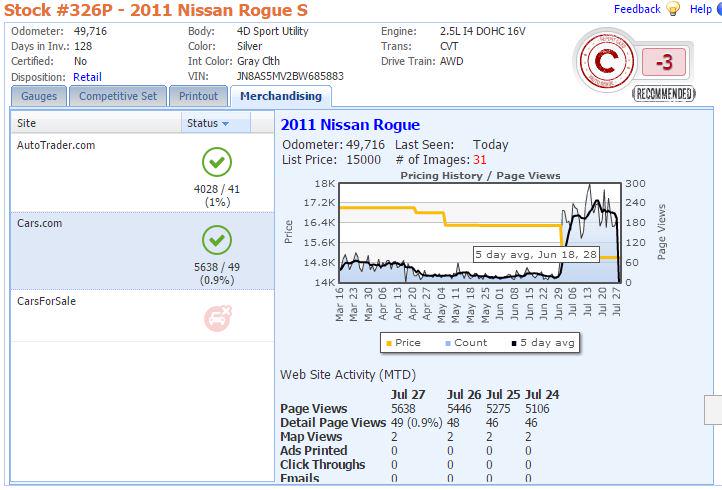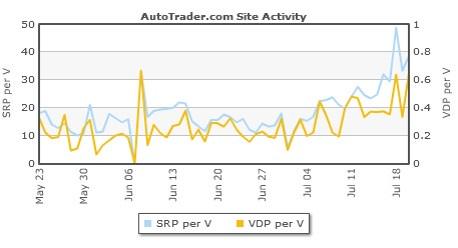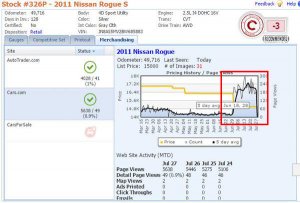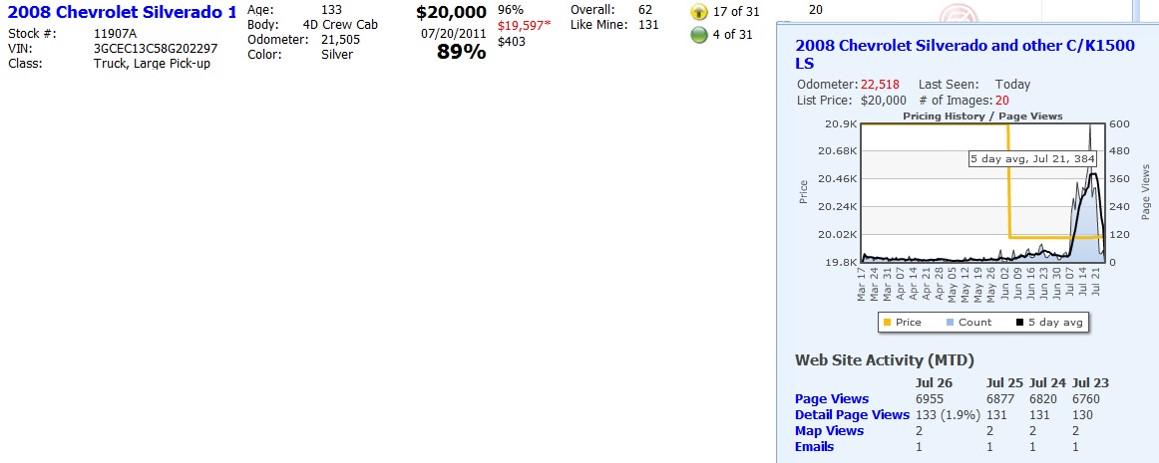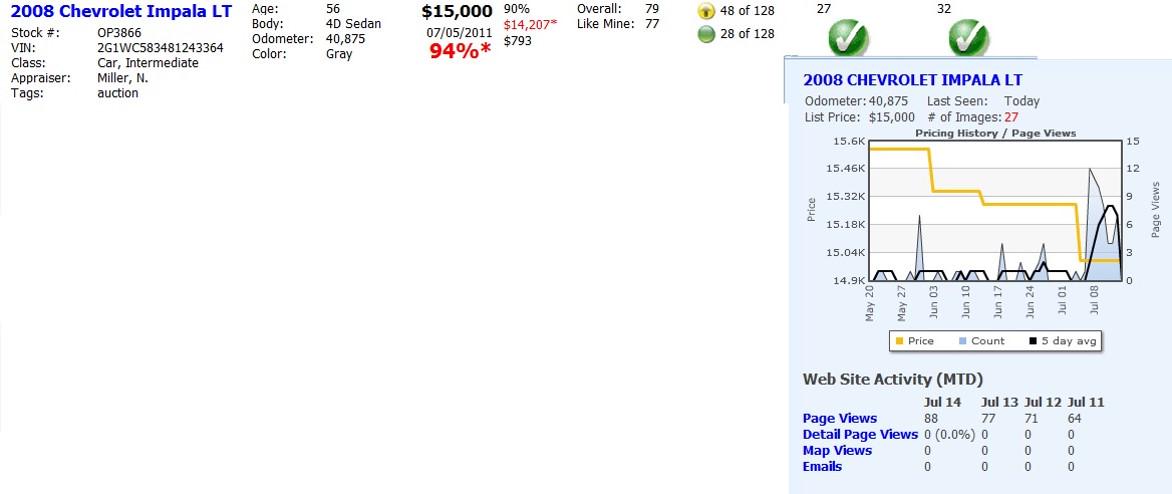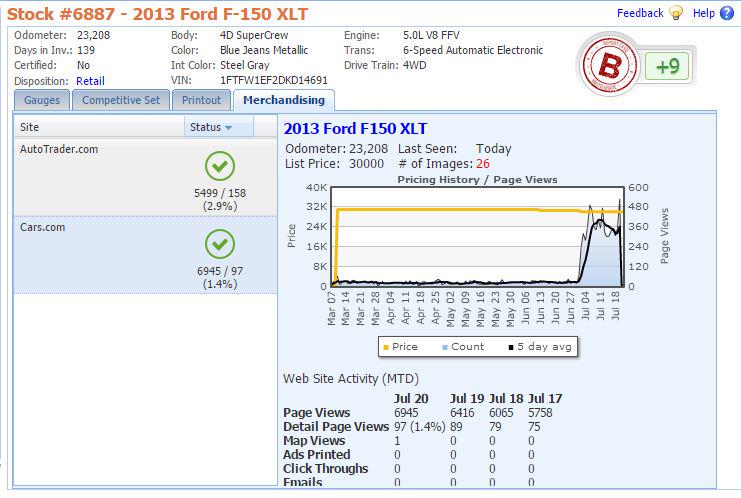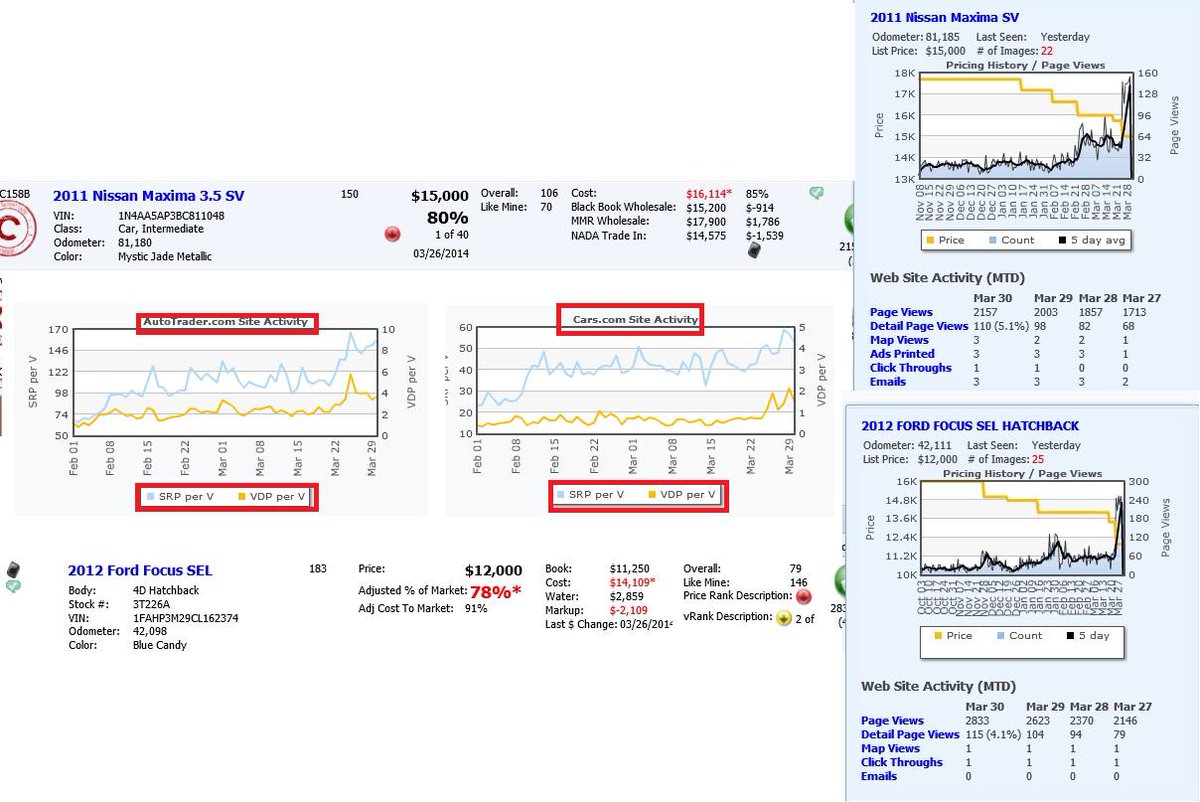- May 1, 2005
- 4,501
- 1,788
- Awards
- 12
- First Name
- Jeff
Of course there's some degree of science behind an effective used car pricing strategy. BUT could there be one overlooked element that when used, could have an impact on opportunities and sales?
According to our friends at CarStory/Vast, that overlooked element is the number "99". Vast looked at over 3.5 million vehicle listings and found that most dealers don’t end their prices with a "9." In fact, only 7% of them ended in “99,” while 18% ended in “95” and 14% ended in “00.”
So what effect does ending a price in 9 have on consumer interest and conversion? Apparently quite a bit.
What science are you using when pricing your used cars, other than utilizing current market conditions or a pricing tool?
What number(s) are you ending your pricing with?
-
According to our friends at CarStory/Vast, that overlooked element is the number "99". Vast looked at over 3.5 million vehicle listings and found that most dealers don’t end their prices with a "9." In fact, only 7% of them ended in “99,” while 18% ended in “95” and 14% ended in “00.”
So what effect does ending a price in 9 have on consumer interest and conversion? Apparently quite a bit.
- Prices that end in “99” vs. “00” showed a 16% lift in SRP-to-VDP conversion.
- Prices that end in “999” performed 9% better than those ending in “000.”
What science are you using when pricing your used cars, other than utilizing current market conditions or a pricing tool?
What number(s) are you ending your pricing with?
-





